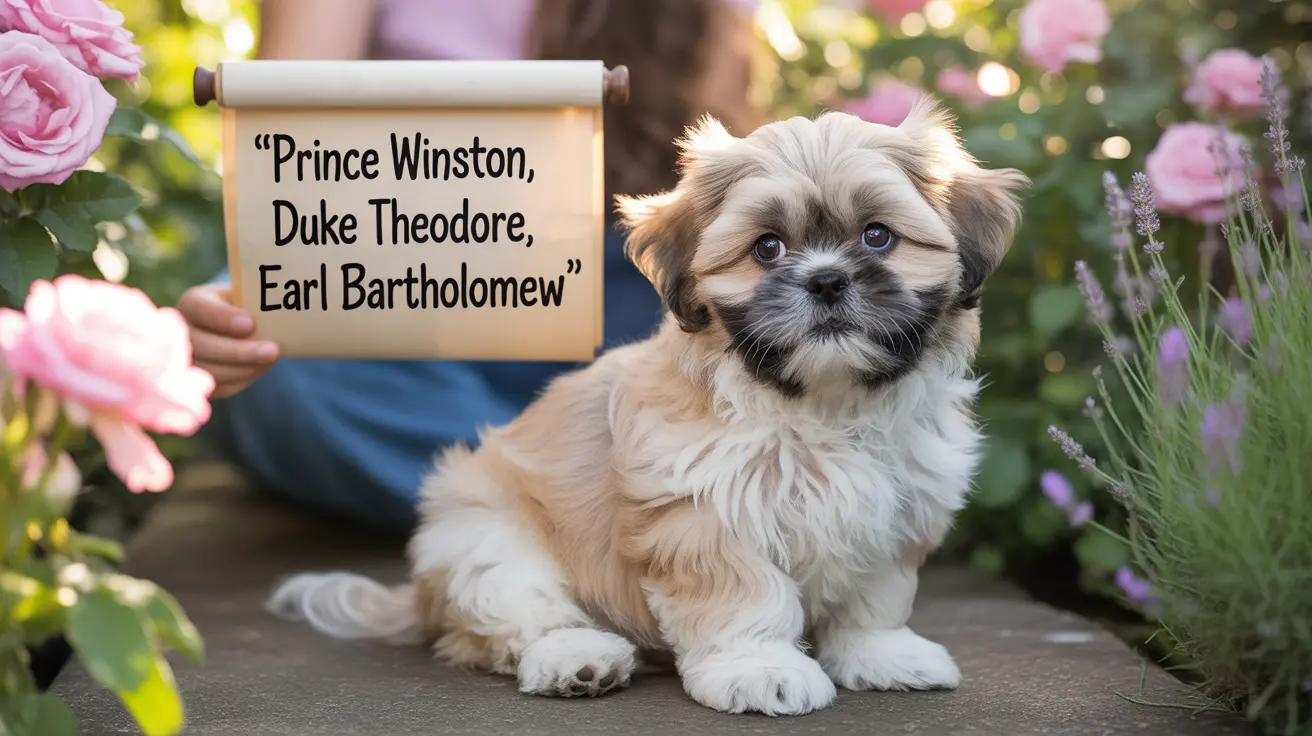Popular and Common Beagle Mixes: Traits and What to Expect
Beagles are beloved for their friendly personalities, intelligence, and playful spirit. Over time, breeders and dog lovers alike have crossed them with other breeds to create unique Beagle mixes, each offering a blend of traits from both parent breeds. If you’re curious about which mixes are most common and what makes them special, let’s dive in.
Why Are Beagle Mixes So Popular?
People are drawn to Beagle mixes because they tend to inherit the breed’s sociability and adaptability. Most mixes retain the classic Beagle friendliness but may differ in size, coat type, energy level, or even temperament—depending on the other parent breed. This variety means there’s likely a Beagle mix suited for nearly every household.
Most Common and Notable Beagle Mixes
- Puggle (Beagle/Pug): Often resembling a Beagle with a slightly flattened face. Puggles are affectionate and great with kids but may inherit some breathing issues from their Pug side.
- Cheagle (Beagle/Chihuahua): Small to medium-sized and energetic. They often need regular socialization due to the Chihuahua’s temperament.
- Beagador or Labbe (Beagle/Labrador Retriever): Loyal and energetic companions who love activity—perfect for families who enjoy outdoor adventures.
- Doxle (Beagle/Dachshund): Known for long bodies and short legs. Doxles are inquisitive but can be prone to back issues if not kept at a healthy weight.
- Bagle Hound (Beagle/Basset Hound): With long ears and a gentle demeanor, these dogs are more energetic than pure Basset Hounds but still laid-back overall.
- Beaglier (Beagle/Cavalier King Charles Spaniel): Affectionate lapdogs who may bark frequently; they’re usually gentle and sociable.
- Sheagle (Beagle/Australian Shepherd or German Shepherd): Intelligent and loyal with high energy needs; they may show herding or protective instincts.
- Beagi (Beagle/Corgi): Compact dogs that can be strong-willed and sometimes try herding; keeping them at a healthy weight is important for their backs.
- Beaglebull (Beagle/American Pit Bull Terrier): Muscular and loving protectors who thrive on regular exercise and socialization.
- Jackabee (Beagle/Jack Russell Terrier): Exceptionally energetic—these dogs need plenty of stimulation or they may become anxious or destructive.
- Boggle or Boxgle (Beagle/Boxer): Athletic and playful; best for families without very small children due to their boisterous nature.
- Poogle or Beaglepoo (Beagle/Poodle): Size varies depending on the Poodle parent; Poogles are smart with coats that can range from wavy to curly—and sometimes shed less than purebred Beagles.
A Few More Noteworthy Mixes
- Beaski (Siberian Husky): Medium-sized with high energy—often vocal dogs who need daily exercise.
- Bocker/Speagle (Cocker Spaniel): Friendly, affectionate, usually more mellow than many other mixes.
- Pomeagle (Pomeranian): Small in size but curious; can be independent yet loving.
- Boglen Terrier (Boston Terrier): Loving companions that stay small to medium-sized.
- Maltiegle (Maltese): Small lapdogs known for their affectionate nature.
- Reagle (Rottweiler): Medium to large protectors who are also affectionate family members.
- Bocker/Speagle (Cocker Spaniel): Friendly dogs with a mellow demeanor compared to other mixes.
- Raggle (Rat Terrier): Energetic pups best suited for active households that can keep up with their lively personalities.
- Bocker/Speagle (Cocker Spaniel): Friendly dogs with a mellow demeanor compared to other mixes.
- Bocker/Speagle (Cocker Spaniel): Friendly dogs with a mellow demeanor compared to other mixes.
The Range of Traits in Beagle Mixes
You’ll find that most Beagle mixes keep the breed’s intelligence and love for people. However:
- Their exercise needs can vary widely—from couch potatoes like Bagle Hounds to high-energy Jackabees or Sheagles who crave activity daily.
- Their coats might be short like a classic Beagle’s or longer/curly if mixed with breeds like Poodles or Cocker Spaniels. Grooming requirements change accordingly!
Puppies from the same litter can look quite different—one might have floppy ears while another sports a curled tail. That unpredictability is part of the charm!
Caring for Your Beagle Mix: Health & Lifestyle Tips
No matter which mix you choose:
- A balanced diet helps prevent obesity—a common issue in many hound crosses.
- Mental stimulation is key: puzzle toys, scent games, or training sessions go a long way.
- If your mix has long ears or a heavy build (like Bagle Hounds), check ears regularly for infection and watch their weight closely.
- Sociability is usually strong—but early socialization ensures your dog grows up confident around people and pets.
- If you want fewer inherited health problems, mixed breeds sometimes benefit from greater genetic diversity—but some conditions like ear infections or joint issues still occur in certain lines.
The Adoption Advantage
If you’re thinking about adding a Beagle mix to your home, animal shelters often have many options available. Adopting gives these lovable hybrids another chance at happiness while letting you discover just how delightfully varied—and loyal—these dogs can be!





